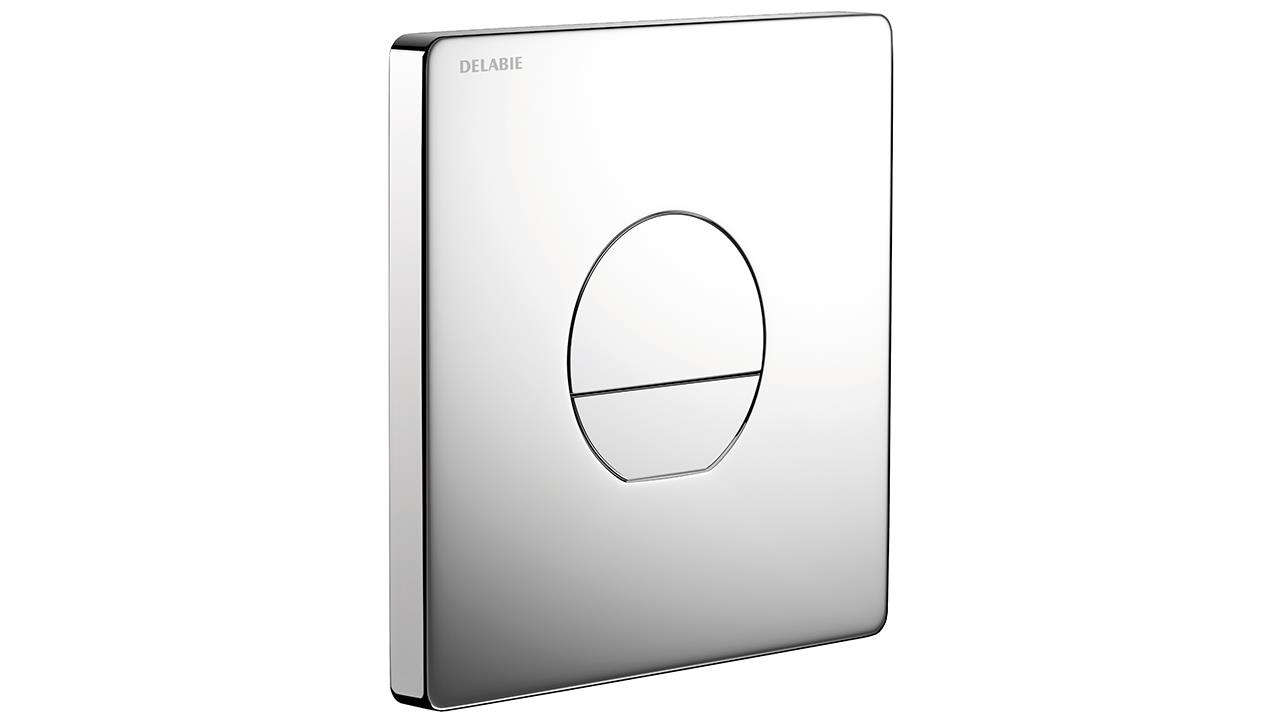

Cistern flush toilets are common in public washrooms, but are they fit for purpose? Typically designed for domestic use, they are installed through habit and because the initial investment appears low. However, they are typically made from plastic components that cannot withstand intensive use and vandalism.
Concerns about cisterns
Cistern-flush mechanisms rely on stored water in the cistern to clear the WC pan. However, anyone who has ever lifted a cistern lid will know that scale and biofilm (a film that lines the insides of pipes) build up over time, affecting the seals and causing leaks that often go undetected. The water seeps silently past the mechanism seal and into the bowl.
Thames Water estimates that one leaking toilet can waste up to 400l per day. Even if leaks are detected rapidly, maintaining large numbers of toilets is costly and time consuming. Mechanisms can be difficult to access, especially when installed behind integrated plumbing system (IPS) panels, and parts wear out quickly with intensive use, needing more regular servicing.
The alternative
Direct flush mechanisms offer an alternative solution. They connect directly to the water supply and harness the system pressure to flush the WC; there is no need for a cistern. The flush mechanism has an integrated stopcock, so the cartridge can be removed, serviced, and/or replaced without shutting off the water supply. Since these mechanisms are designed for intensive use, they last longer than domestic ones. Although they are more expensive, they are more cost effective thanks to lower maintenance and longer lifespans.
Efficient flushing
Public toilet usage patterns are very different to domestic use. For example, schools and theatres see periods of very intensive use during breaks and intervals. One problem for gravity-fed cisterns is the lack of dynamic pressure to ensure a hygienic rinse. If the pan is not cleared in a single flush, the user attempts a second flush, but cistern refill times can be up to 60 seconds.
When the full flush volume is not available instantly (due to a leaking cistern or slow refill time) the result may be either user negligence and poor hygiene, or frustration and potential damage (voluntary or involuntary).
Direct flush systems are more efficient. The flush uses the system’s dynamic pressure and there is no refill time. Successive flushes are possible, eliminating the problem of flushing with a half-full cistern, and improving hygiene.
Improved hygiene
WC cisterns are a hygiene risk, especially if unused for long periods (school holidays, sports grounds between matches, etc). Standing water, scale deposits, and water at room temperature provide ideal conditions for bacteria such as Legionella to develop. These are released in an aerosol whenever the toilet flushes.
Direct flush technology eliminates any standing water, and electronic flush mechanisms provide a duty flush to prevent bacterial build-up.
Water savings
Water Supply Regulations require the pan content to be cleared effectively with a single flush of water to maintain hygiene and prevent waste. As mentioned above, direct flush mechanisms provide an effective single flush and avoid additional flushes. Designed to meet environmental standards, most non-domestic direct flush mechanisms offer a three or six litre flush. These can be adjusted to two or four litres, to suit ecological or children’s WC pans. This also prevents unhygienic splashing, and removes the risk of slipping on wet floors.
Some electronic direct flush valves have intelligent flushing systems that identify the duration of use and flush accordingly. They can also feature an ecological setting with a reduced flush length that equates to a lower flush volume to prevent waste.
Vandal-resistance
Public washrooms frequently experience high levels of misuse and vandalism. Heavy-handed users can easily break fragile mechanisms or cause deliberate flooding with conventional cistern-flush WCs.
Direct flush valves have vandal-resistant features that prevent abuse. As well as hard-wearing mechanisms, some have an anti-blocking mechanism that flushes once the push-button is released. Similarly, electronic models are activated via user presence, and only flush when the user leaves. The mechanism cannot be activated inadvertently or blocked to flush continuously. For enhanced security, cross-wall models are also available for installation in service ducts where users cannot access the mechanism.
Conclusion
Direct flush systems offer a sustainable alternative to cistern flush toilets. Specifically designed to withstand intensive use, they help to manage water consumption, improve hygiene, and are easy to maintain.
Replacing domestic-style cisterns with direct flush technology will deliver long term dividends in terms of sustainability, improved hygiene, and low maintenance.
If you'd like to keep up-to-date with the latest developments in the heating and plumbing industry, why not subscribe to our weekly newsletters? Just click the button below and you can ensure all the latest industry news and new product information lands in your inbox every week.